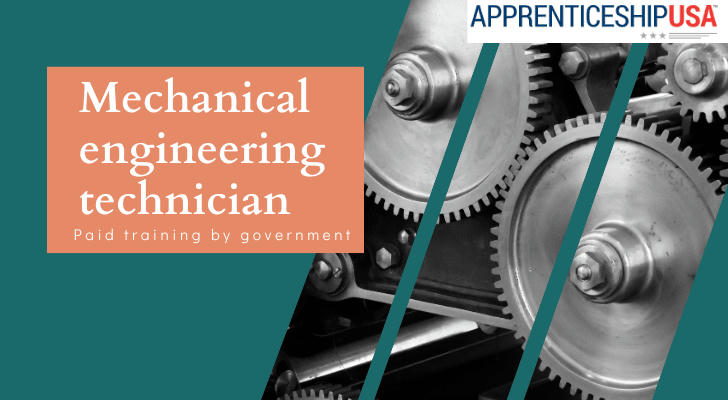Earn While You Learn:Government-Supported Training for Mechanical Engineering Technicians in 2025
Imagine getting paid to learn in a high-demand field where the median salary is around $60,000? Government-backed mechanical engineering technology training programs in 2025, including apprenticeships overseen by the U.S. Department of Labor, offer just that. Gain hands-on skills and classroom knowledge for a direct path to a stable and rewarding career.

Government-Supported Training Programs
Government-supported training programs often take the form of apprenticeships, combining classroom instruction with hands-on experience. The Registered Apprenticeship Program (RAP), overseen by the U.S. Department of Labor, provides structured training in mechanical engineering technology.
Duration: Programs typically last one to four years, depending on the specialization.
Earnings: Participants receive wages that increase as they advance in the program.
Learning Model: A mix of classroom instruction and on-the-job training ensures technical and practical expertise.
Additional Support: Some community college partnerships offer financial aid to cover tuition costs.
Options for Different Age Groups
Training programs cater to individuals at different stages of their careers:
Young adults (18-25):Apprenticeship programs offer structured career paths.Some high schools partner with technical colleges to introduce students to mechanical engineering early.
Mid-career professionals (26-45):Career-switching programs allow individuals to gain new skills while maintaining an income.Hands-on training reduces the time needed to transition into a new field.
Older workers (46+):Specialized training programs help experienced workers adapt to new technologies in automation and manufacturing. Prior industry experience can shorten the learning curve.

Skills Gained Through These Programs
Training programs focus on industry-relevant skills that improve employability:
Mechanical Design and Drafting: Training in CAD software such as AutoCAD and SolidWorks.
Manufacturing Processes: Machining, CNC programming, and fabrication techniques.
Quality Control and Inspection: Learning ISO standards and using precision measurement tools.
Problem-Solving and Troubleshooting: Identifying mechanical failures and implementing solutions.
Workplace Safety and Compliance: Understanding safety standards and regulations in industrial settings.
Benefits of Completing a Training Program
Graduates gain multiple advantages, making these programs a smart career investment:
Job Placement Assistance: Strong partnerships with employers increase hiring opportunities.
Higher Earning Potential: Skilled technicians typically earn higher salaries than those without formal training. The median annual salary for mechanical engineering technicians in the U.S. is around $60,000, with higher earnings in specialized industries.
Career Growth Opportunities: With additional experience, technicians can progress to roles such as senior technician, quality control specialist, or mechanical engineer (with further education).
How to Apply
Applying for a training program involves the following steps:
Research Available Programs :Visit Apprenticeship.gov for government-backed apprenticeships.Explore nonprofit organizations like NIMS (National Institute for Metalworking Skills) and MSSC (Manufacturing Skill Standards Council) for certification courses.
Check Eligibility Requirements:Most programs require a high school diploma or equivalent. Some may have age restrictions or work experience preferences.
Submit an Application:Provide personal details, education background, and career goals. Some programs may require an aptitude test in mathematics and mechanical reasoning.
Attend an Interview or Assessment:Be prepared to discuss why you are interested in the program and your future career goals.
Enroll and Begin Training:Once accepted, follow the structured training schedule, balancing classroom learning and hands-on practice.

Real-Life Success Story
John, a 32-year-old former retail worker, struggled to find a stable and well-paying career. After enrolling in a government-sponsored apprenticeship program, he trained in mechanical engineering technology while earning an income.
Training Duration: Two years.
Career Outcome: Secured a full-time job in aerospace manufacturing.
Salary Increase: Earned 40% more compared to his previous job.
His experience demonstrates how structured training programs provide a practical path to career advancement, even for those without prior technical experience.
Exploring available programs today could be the first step toward a stable and rewarding career in mechanical engineering technology.
